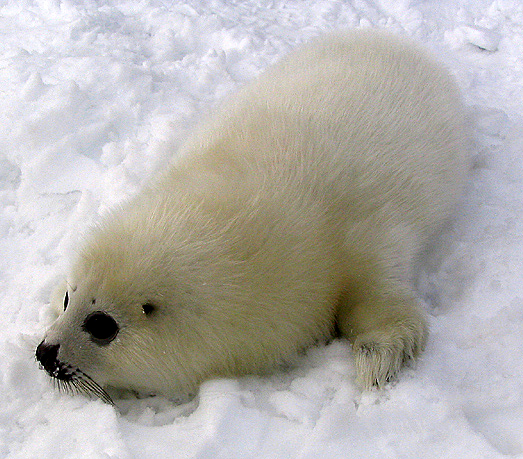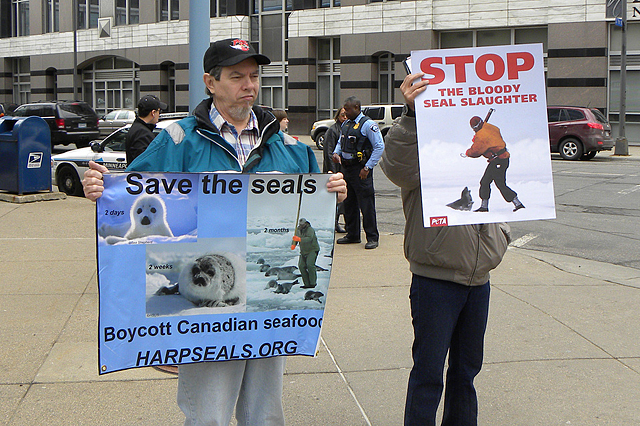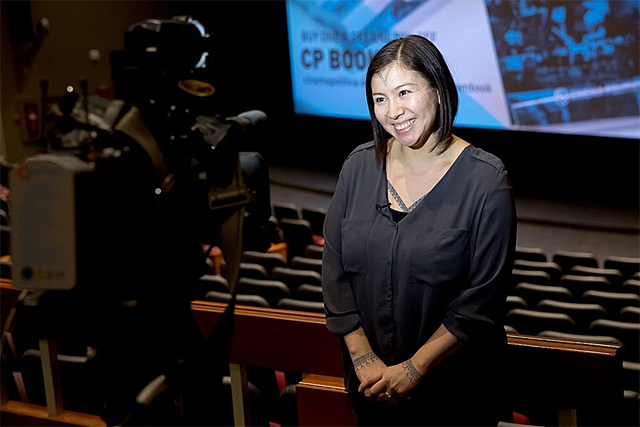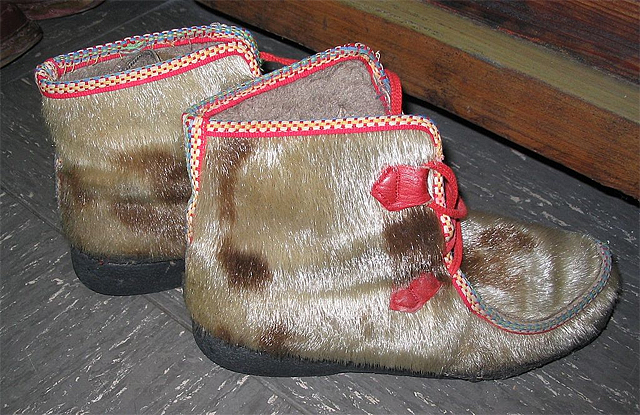Inuit views of themselves as hunters have been severely hurt by the anti-sealing campaigns of animal rights groups, but clothing designers in Nunavut are helping them reclaim their heritage. An article in The Guardian last week examined the ramifications of the controversial anti-sealing bans.

Victoria Kakuktinniq, for instance, was trained in fashion design in Canada’s southern provinces but she returned north to Nunavut to develop her line of fashionable clothing under the name Victoria’s Arctic Fashion. Her line blends the traditional with the contemporary. Her design of four sealskin winter coats has secured for her a place among a group of clothing designers and seamstresses in Nunavut who are trying to reestablish the acceptability of traditional clothing material—seal skins—in contemporary Canada. “It’s part of my culture,” the 27-year old designer said as she touted the place of sealskin in the traditional Inuit way of life.
The Guardian pointed out that hunting seals used to be essential to the Inuit. Rather than seeing the animals as cute little balls of fur looking up with appealing eyes as hunters bludgeon them on the ice, the Inuit saw them as sources of food and skins to be made into warm clothing, products that were essential for their survival as a hunting society in the far north.

But the successful anti-seal hunting campaigns of animal rights groups such as Greenpeace and PETA finally led to a ban on the import of almost all seal products by the EU and the US. Many Inuit were hurt by the bans. Inuit film maker Alethea Arnaquq-Baril said that when animal rights activists eliminated the needs of the indigenous people from the issue of protecting seals, the question of hunting seemed easy to resolve.
But the issue is not so simple, she argued. “We’re the people of the seal, we’re hunters,” she said. While the Inuit were exempt from the bans, the sudden collapse of the market still hurt them severely. “It’s not just an attack on our ability to survive, it’s an attack on who we are and our worth as people,” Arnaquq-Baril said.

Arnaquq-Baril, one of whose films was entitled “Angry Inuk,” pointed out that the prices of sealskin clothing crashed when the bans were enacted by the EU and the US. Inuit who had made a transition from a nomadic, hunting way of life into settled communities were devastated by the collapse of their economies. In some cases, the people suddenly lost 90 percent of their income.
Poverty skyrocketed in Nunavut, suicide rates soared, and about 70 percent of Inuit children went to school hungry. In contrast, according to the bitter film maker, the animal rights organizations prospered, funded by people living in comfort in the richest places on the globe. “Those are the people running the campaigns that affect us,” Arnaquq-Baril said. Greenpeace Canada has since attempted to improve their relations with the Inuit.

Meanwhile, the Inuit clothing designers are attempting in their own ways to rebuild their cultural heritage. Nicole Camphaug designs footwear with seal skins added to dress shoes and high heels. She sees her creations as a way of promoting Inuit culture. “I always think it’s so important to get sealskin out there,” she said. She launched her business from her own home in Iqaluit, the capital of the Nunavut territory.
Another designer, Rannva Simonsen, creates luxury fur outerwear in Iqaluit. She champions seals as legitimate sources of food and income in Arctic communities, which have few other ways of making a sustainable living. She argues that she really resents the fact that the larger European countries are crushing the smaller indigenous society. She calls it “cultural bullying” and argues that instead the European people “should learn from the Inuit’s connectedness and respect for nature.”